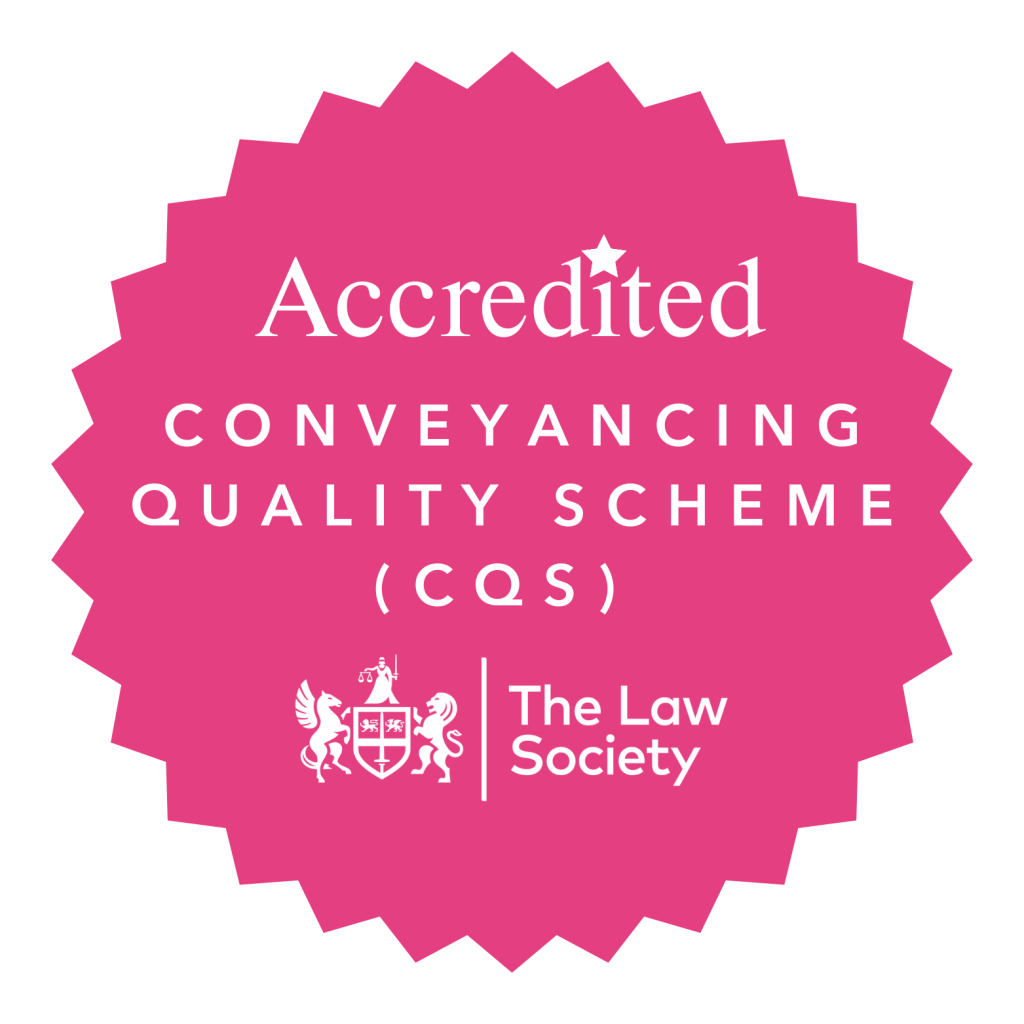
The Supreme Court has backed Lambeth Council over store planning condition ‘drafting error’.
The Court unanimously allowed an appeal by the London Borough of Lambeth in a dispute over whether use restrictions continued to apply to a retail development.
Lord Carnwath, who gave the lead judgment, said section 73 of the TCPA 1990 envisaged two situations: either (a) the grant of a new permission unconditionally or subject to revised conditions, or (b) refusal of permission, leaving the existing permission in place with its conditions unchanged.
“It does not say what is to happen if the authority wishes to change some conditions but leave others in place,” he pointed out.
Government guidance, cited by the Court of Appeal, indicated that “to assist with clarity” planning decisions under section 73 “should also repeat the relevant conditions from the original planning permission”.
But Lord Carnwath said that, as he read it, “it was given as advice, rather than as a statement about the legal position”.
The Supreme Court judge said that whatever the legal character of the document in question, the starting point – “and usually the end-point” – for interpretation was to find “the natural and ordinary meaning” of the words there used, viewed in their particular context (statutory or otherwise) and in the light of common sense.
Lord Carnwath observed “in passing” that it was difficult to envisage circumstances in which it would be appropriate to use implication for the purpose of supplying a wholly new condition, as opposed to interpretation of an existing condition.
The Supreme Court judge said: “On the issue of interpretation, Lewison LJ [who gave the judgment in the Court of Appeal] was of course right to say that the 2014 permission needs to be seen through the eyes of ‘the reasonable reader’.
Lord Carnwath said there were some internal inconsistencies in the second part of the notice, but reading the document as a whole, the second part can be given a sensible meaning without undue distortion. “It is explanatory of and supplementary to the first part.”
The full judgement PDF can be found here.
Post a comment
You must be logged in to post a comment.















